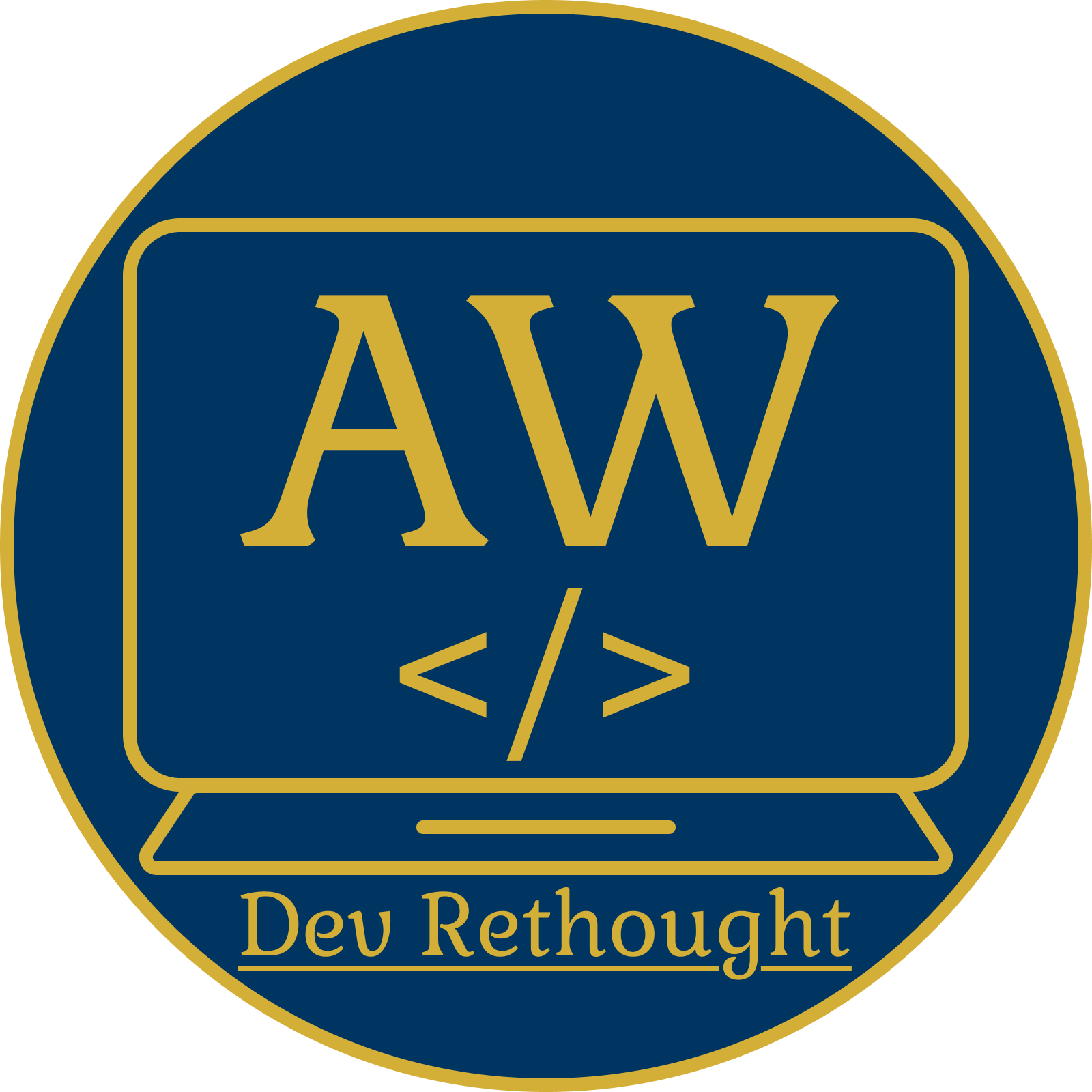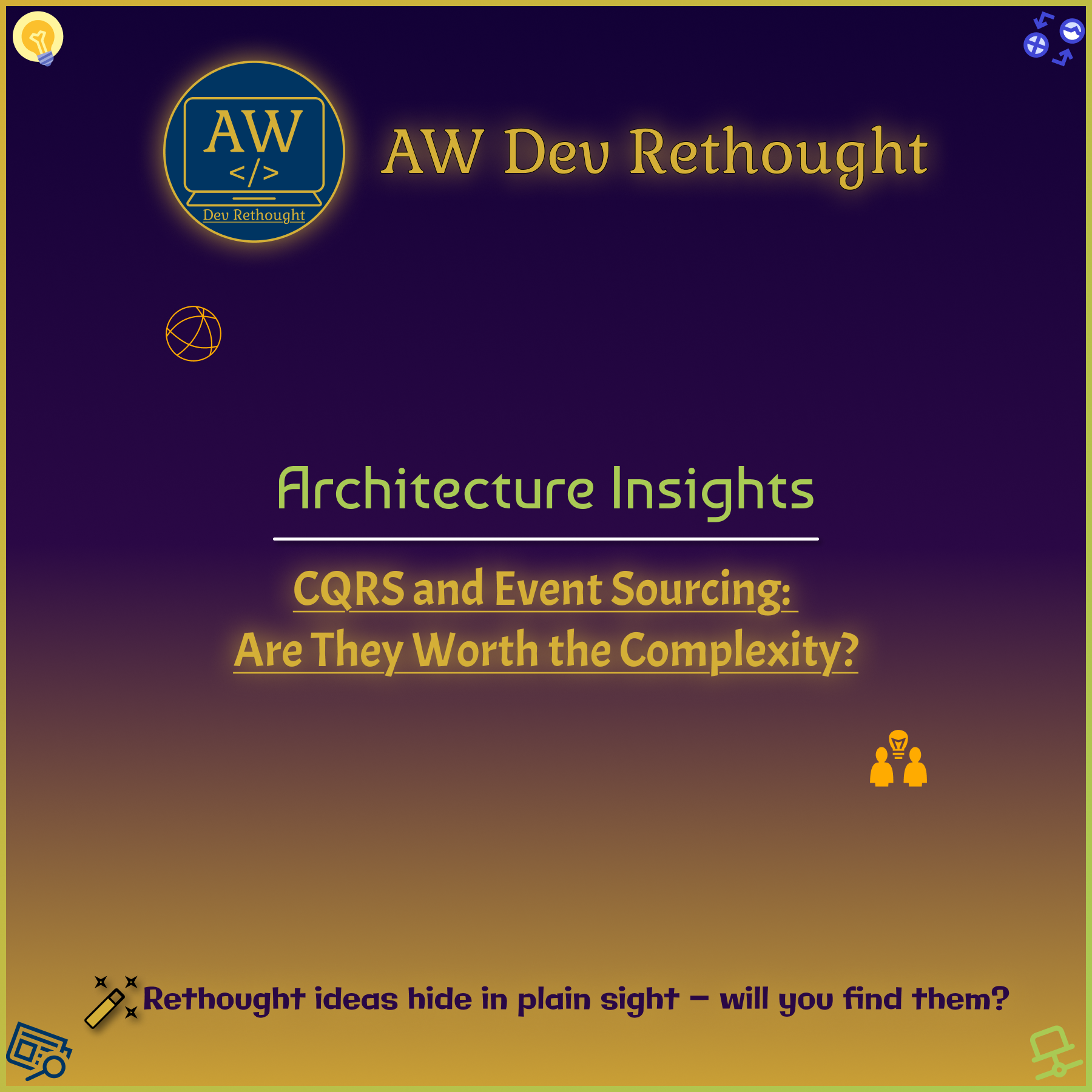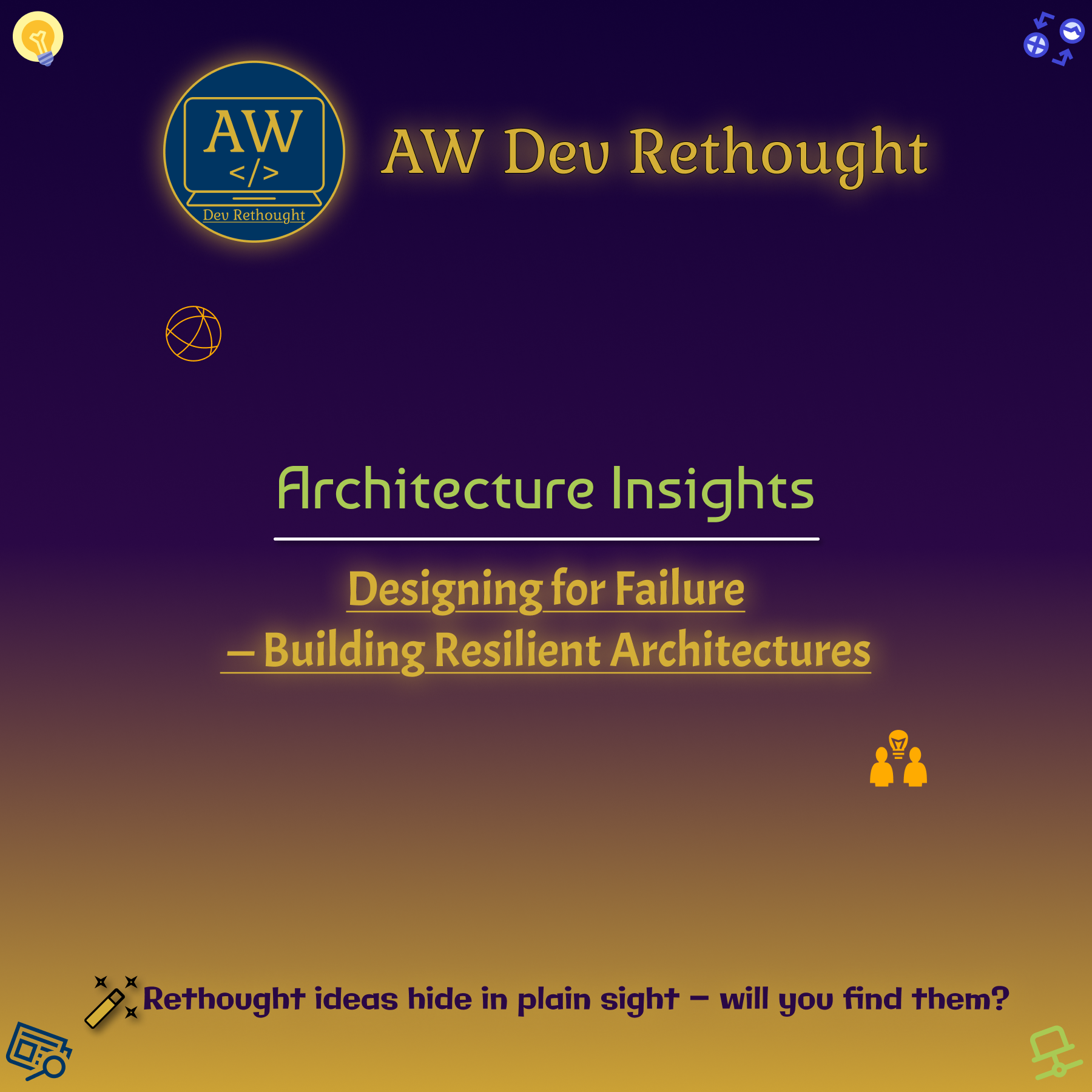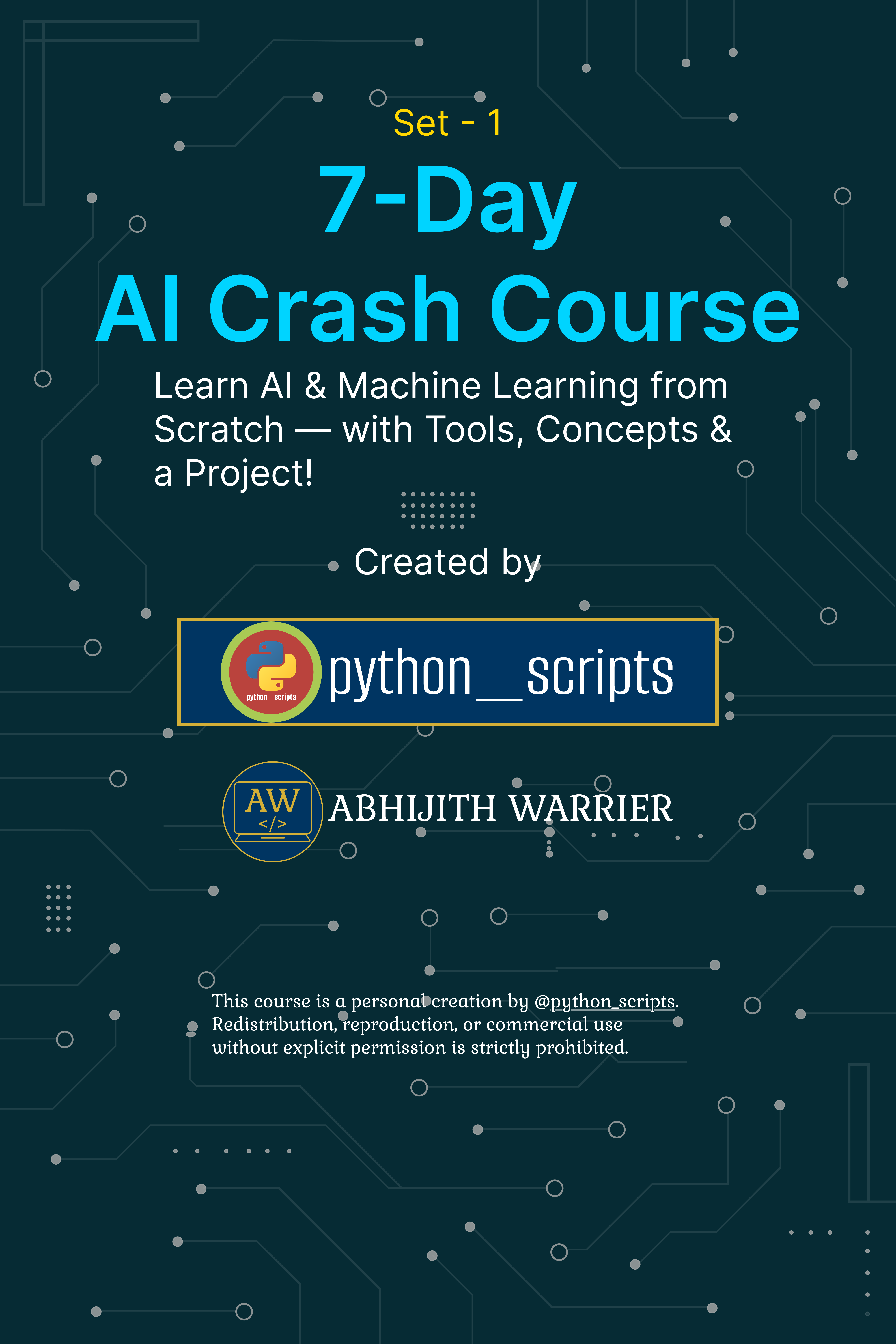Architecture Insights: TOGAF – A Practical Overview for Software Architects
Posted by: Abhijith | Posted On: August 1, 2025 | 3 min read | 0
TOGAF (The Open Group Architecture Framework) is one of the most widely used frameworks for enterprise architecture. While it might seem abstract at first, understanding TOGAF can help software architects align technical solutions with business goals, especially in large organizations.
Why TOGAF Matters
- It brings structure to architectural planning.
- It ensures consistency across systems, domains, and teams.
- It bridges the gap between business strategy and technical implementation.
- It’s especially useful in regulated, large-scale, or legacy-heavy environments.
1. The TOGAF Architecture Development Method (ADM)
At the core of TOGAF lies the ADM cycle, a step-by-step approach to developing and managing enterprise architecture.
ADM Phases:
- Preliminary Phase – Establish the architecture framework and governance.
- A. Architecture Vision – Define high-level goals, scope, stakeholders.
- B. Business Architecture – Understand business processes and structure.
- C. Information Systems Architecture
- Data Architecture
- Application Architecture
- D. Technology Architecture – Define the tech stack, platforms, infrastructure.
- E. Opportunities & Solutions – Roadmap from current to target architecture.
- F. Migration Planning – Define transition states, timelines, dependencies.
- G. Implementation Governance – Ensure execution aligns with architecture.
- H. Architecture Change Management – Handle evolution and adaptability.
- Requirements Management – A continuous phase that feeds all others.
You can think of ADM as a structured lifecycle
2. Core TOGAF Components (Besides ADM)
- Enterprise Continuum – Helps classify and organize architecture assets.
- Architecture Repository – A structured storage of architectural work products.
- TOGAF Content Metamodel – Standard terminology and relationships between artifacts.
- Capability Framework – Defines the roles, skills, and responsibilities needed.
3. TOGAF in Practice
In real-world engineering:
- TOGAF is often tailored — rarely used “as is”.
- It’s used more in enterprise or cross-functional planning, less in day-to-day coding.
- Architects use it to document current state, plan transformations, and align tech decisions with business strategy.
- Tools like ArchiMate, Sparx EA, or even draw.io are used to support the documentation needs.
4. When Should You Learn TOGAF?
- You’re moving toward Enterprise Architect or Solution Architect roles.
- You’re involved in cross-functional transformation projects.
- You’re trying to influence or standardize architecture across multiple teams or departments.
Summary
TOGAF gives you a structured, repeatable way to build architecture that supports business goals. While it’s not directly about code, it’s about the systems and strategies that support code at scale.
If you’re on the path to becoming a senior architect or working in large-scale systems, TOGAF is a valuable framework to understand — and tailor to your organization’s needs.





No comments yet. Be the first to comment!